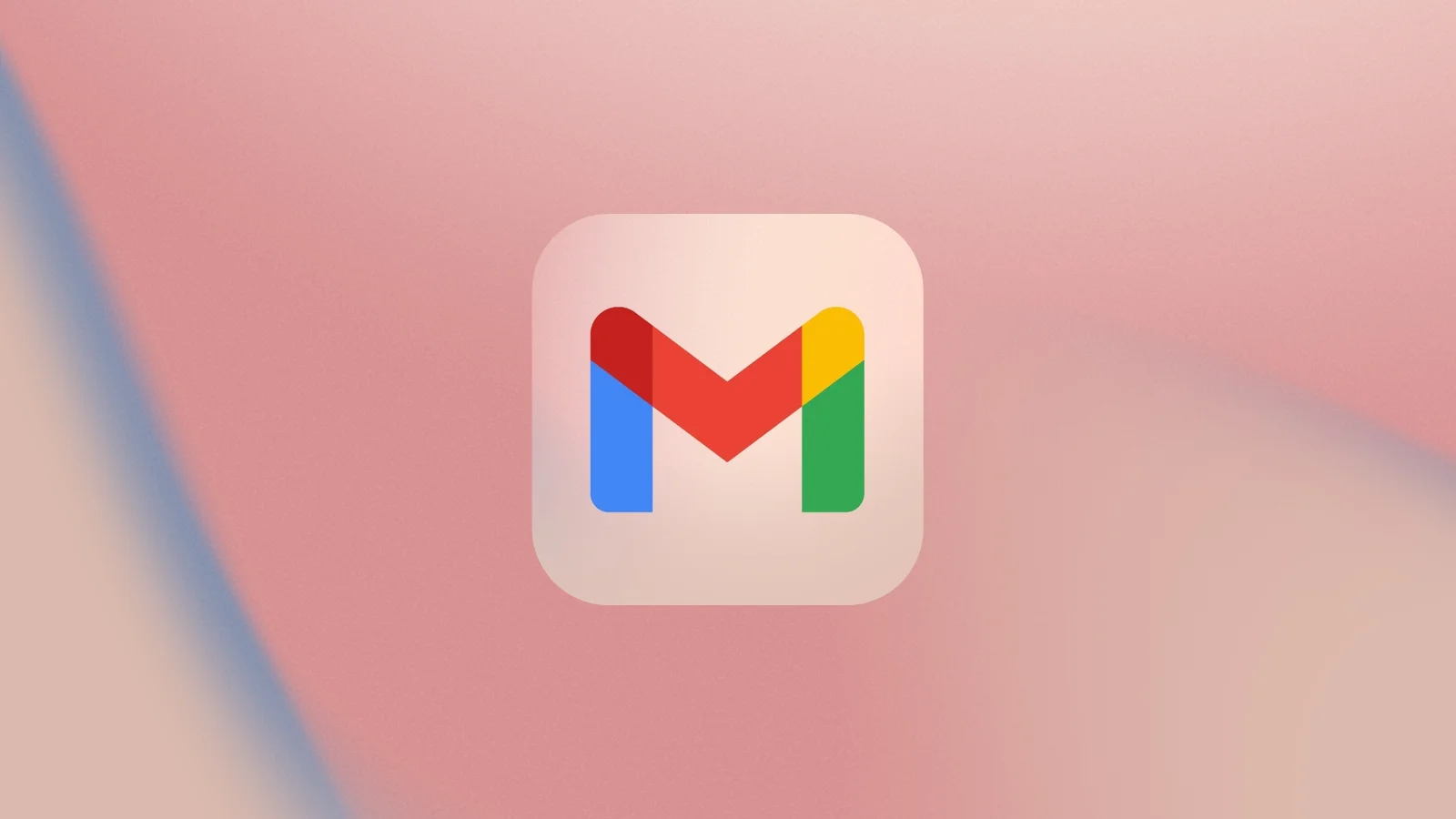Skype’s fate finally ended. The application that once led the calls online, will cease to exist very soon, after a user discovered the evidence of their imminent closure. While Microsoft has not confirmed its discontinuation, everything indicates that Skype will go to a better life.
Some wonder how it is possible that an application, which at one time It was considered a revolutionary communication toolhad this end. Skype was a pioneer in Voip (voice about the Internet) technology, however, for many years fought to stay relevant in an industry that advanced by leaps and bounds.
Skype was founded in 2003 by Niklas Zennstrom and Janus Friis, creators of the popular peer-to-peer file exchange service, Kazaa. Taking advantage of their experience with decentralized networks, Zennström and Friis imagined a communication platform that could avoid traditional telecommunications infrastructure by enruting calls through the Internet.

The Skype technical base was built on Kazaa’s technology. The P2P architecture was innovative for decentralizing the communication process, distributing data through user devices instead of depending on centralized servers.
Skype used a hybrid P2P and customer-server model Where ordinary customers (users) connected through supernodes, powerful devices with sufficient bandwidth and processing capacity to handle network traffic. This design not only allowed efficient data routing, but also minimized operational costs, allowing Skype to offer one of its greatest attractions: Free calls between users.
Skype’s boom: free messages and calls
Skype’s growth was driven by its model Freemium: Users could make free calls between them, while premium functions, such as calls to fixed and mobile lines (Skypeout), generated income. The strategy directly challenged traditional telecommunications operators, who could not compete with such low prices.
Added to voice calls, Skype offered instant messaging and file transfer. Many of the functions we take for granted in WhatsApp or Telegram, were a luxury in 2004. Others simply did not exist or required to change between devices to access them, which was key to boosting the success of the company.


After two years in the market and 50 million users, EBAY bought Skype for 2.6 billion dollars. The electronic commerce giant wanted to integrate technology into its platform, however, the technical challenges prevented it.
Some experts consider that Skype’s fall started just before Microsoft bought it. Supernodos -based architecture was its Achilles heel, since it generated performance falls at peak hours and presented some security failures. To this is added that its use on mobile devices was a calvary due to battery consumption and connectivity problems.
The technical problems and its imminent fall
When Microsoft assumed Skype control in 2011, The communications panorama had changed dramatically. The Redmond giant migrated the application to Azure cloud infrastructure, which improved stability and performance, especially on mobile platforms. The problem is that applications such as WhatsApp, Viber and Line had already gained ground With simpler interfaces, faster connectivity and end -to -end encrypted.


Skype had difficulty competing with the rest, due to his inherited infrastructure and an inconsistent use experience. The frequent redesign and lack of intuitive functions They alienated their user base. To this is added that Microsoft tried to position Skype as a business solution, which generated more confusion and contempt.
The Covid pandemia did nothing more than accelerate Skype’s death, highlighting your deficiencies against other applications such as Zoom. Microsoft itself preferred to invest in Teams and its integration with Office, leaving aside one of the pioneering applications in this category.
Just as a day Skype replaced MSN Messenger, today Teams displaces it as Microsoft’s default communication platform. Those who want to enjoy it for the last time, will have until April 2025 to do so. After that date, Skype will not be available.



